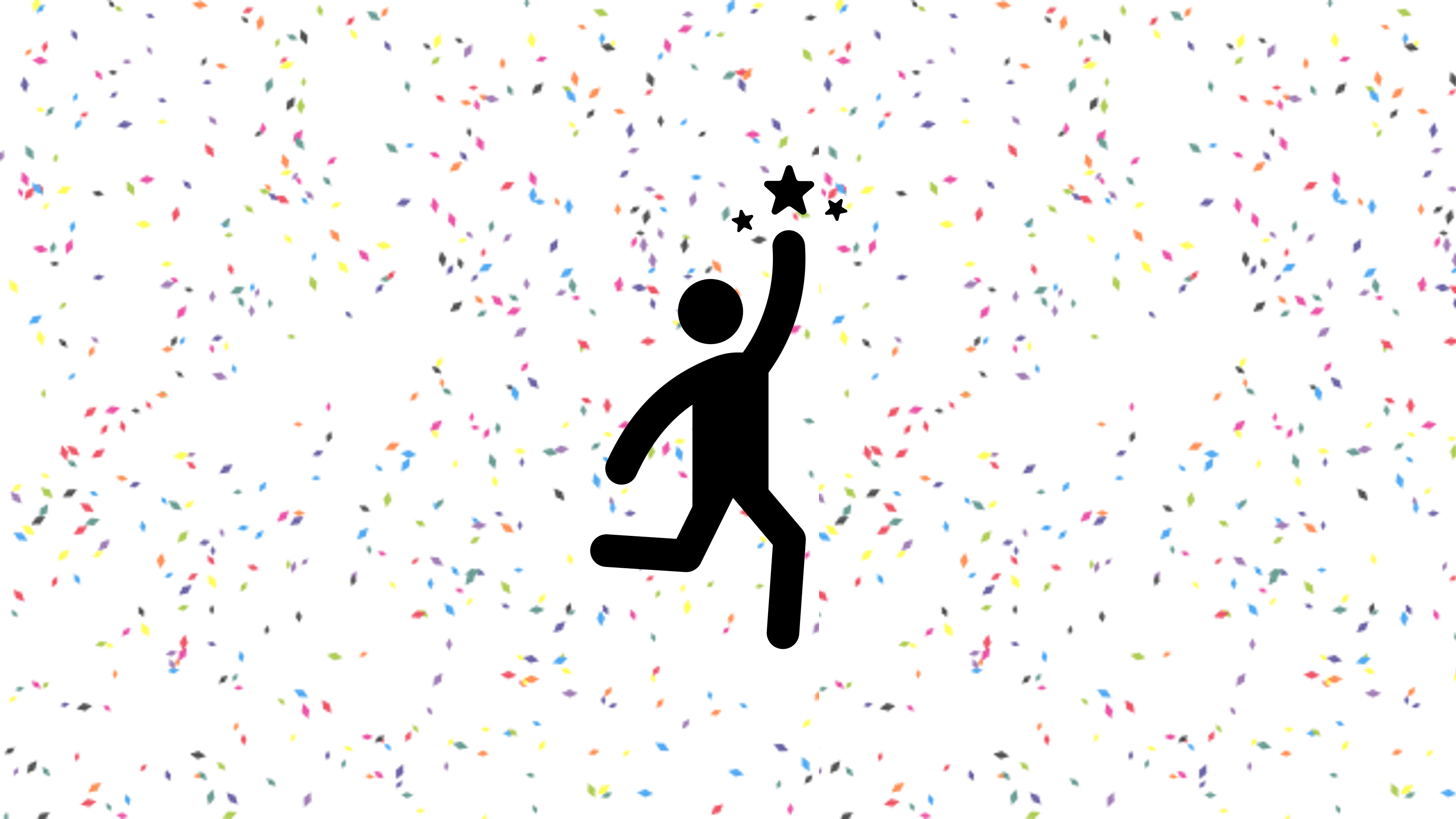Our approach
One of the great challenges for the European Union these days and the near future on a political level as well as on grassroots level are the big differences in the realities and perceptions of people from similar communities. Those variations occur naturally as life is different in every country and each country has particular needs; we recognised the validity of differences; for example, each country has its own media, its political landscape, its own societal views and opinions.
However, although they are natural, they contribute to the division in the European society, if the „societal glue” is missing. Political polarization increases discord, dissension and disunity within our communities, exponentially makes more difficult the decision-making processes, encourages a „win-lose” political environment, and, on the long term, it fuels bad governance. This division manifests through discrimination, hate speech, skepticism, distrust, increased polarization and other barriers to common understanding, cooperation and collaboration.
To tackle this issue, we want to bring people with different realities together and encourage them to explore the other person’s reality and thereby understand that person’s view of the world better. This process is based on the facilitation of applied discussion laboratories, as we explain below the process of finding common ground. We will achieve this by providing the right surroundings for constructive and esteeming discussions around particular topics that are usually sources of division and polarization.
The process of finding the common ground
- Create the supportive environment of exploring others’ realities around a thematic dialogue;
- Introduce the topic and facilitate open, reflective discussions around that topic;
- Share the common ground rules aimed at discovering our common reality;
- Co-create recommendations and solutions based on results of these discussions, aimed at policy- and decision-makers.
Process during events
We use a tested process during our events that encourages participants to focus on their commonalities rather differences.


